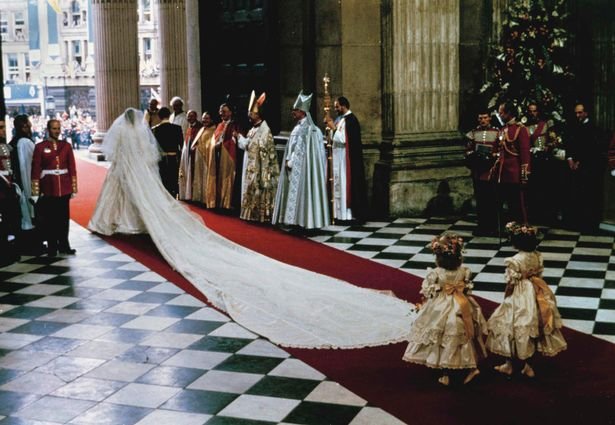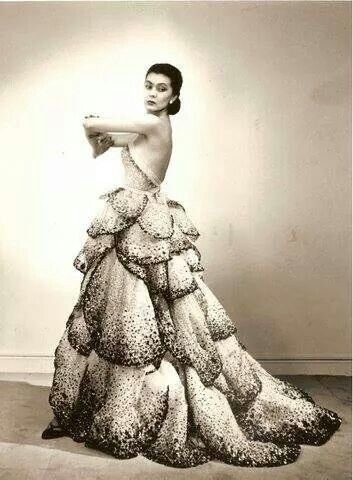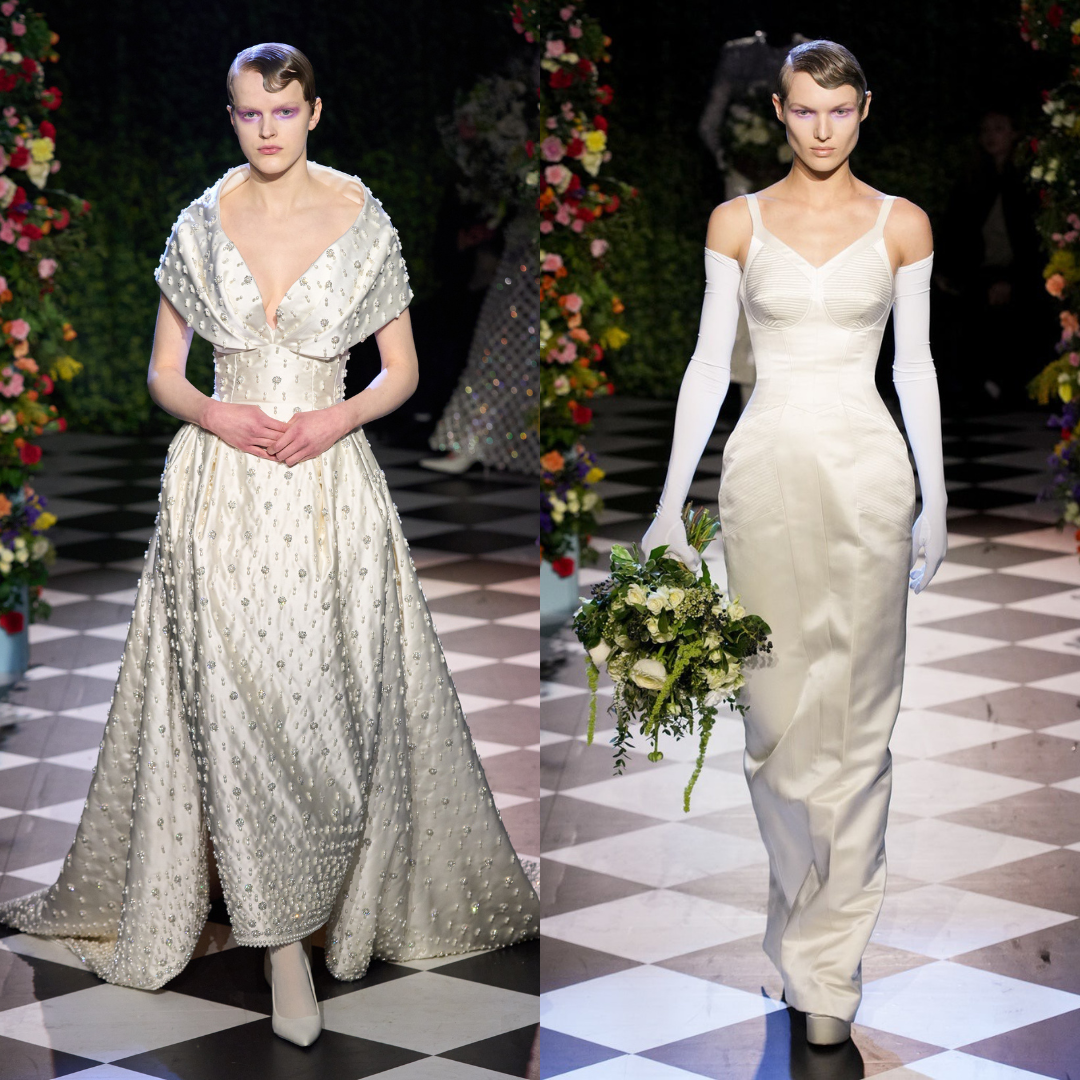What Did Victorian Women Wear Under Their Clothes
Underwear as outerwear may be a trend now, but undergarments of the past were hidden from view and rarely spoken about. But under all those beautiful gowns and long dresses what did women wear?
Unlike the gorgeous undergarments of the 20th and 21st century, most drawers worn by women in the mid-1800s were knee-length and split down the centre. The crotch seam was left open and there was an overlay for the garment to tie up. The most popular fabrics for these undergarments were linen trimmed with lace, however, plain cotton was most affordable. Split drawers were a necessity for most women, with all the layers worn every day it made it difficult to pull these down to reach the chamber pot and tight corsets made it hard to pull them back up - glam!
Another option for women from 1877 was “combinations”, these rivalled drawers and was popularised by Dr Jaeger in the late 1880s. Combinations were essentially a camisole attached to drawers and they eliminated the need for a chemise. As time progressed combinations became frillier and more elegant, slowly emerging into lingerie like designs. Initially, combinations were made from linen, silk, calico or cambric in pink or cream tones, but by 1892 silk or fine muslins were the preferred fabrics.
Despite popular belief, bloomers were trousers - not undergarments. This one came as a shock to me when researching as I’d always referred to drawers as bloomers, but it turns out that bloomer trousers have an interesting history of their own. “Bloomers” were popularized in the 1850s by Amelia Bloomer of New York, they also became known as “American Dress” or the “Reform Costume”. Essentially the garment was a mix between pantaloons (which were baggy trousers that tapered at the ankles) and shorter skirts that the younger generations were adopting - however, this was the Victorian era so ‘short’ is a bit of an overstatement. Bloomers signify the start of women’s trousers being accepted in society, by the end of the century “athletic bloomers” were becoming popular for sports and cycling.
Unknown. Amelia Bloomer, 1849. Source: Laphams Quarterly
But what about Queens? It’s actually reported that Queen Victoria wore fresh, hand made silk undergarments every day, a practice that would not fly with today’s climate of sustainability! This would have started around 1837 when she took the throne and would have continued every day until the end of her life. Once worn, these undergarments were cleaned and even embroidered with a crown, the date and the initials VR for Victoria Regina (and later VRI for Imperatrix). While most of her undergarments were made from silk, some were found to be fine linens too. From studies of the preserved garments, it’s estimated that she had a 20” waist when she was crowned and an approx 50” waist when she passed, however, take this with a pinch of salt as the drawers were designed to tie and overlap making it hard to determine a true size. Fresh undergarments every day and then preserving them with embroidery - how’s that for the royal treatment!
What about the Edwardian period? We often see Edwardian gowns and think of the s-bend corset, but did they also wear drawers? Well by 1905 large knickers were often worn over the earlier combination garments. Knickers usually have a whopping 20” width around the knee and a 10” lace frill, perfect for feeling the wind through your pants! As the silhouette of the time slimmed, so did the undergarments and by 1908 closer fitting knickers called the “Directoire” style became the norm.
Though some styles may not be as glamorous or pretty as you’d expect - cough cough drawers - but that’s what was practical for the ladies of the time! We will forever be interested in the underwear of the past, there’s nothing like learning more about the intimate lives of the women and the garments worn from day to day.










